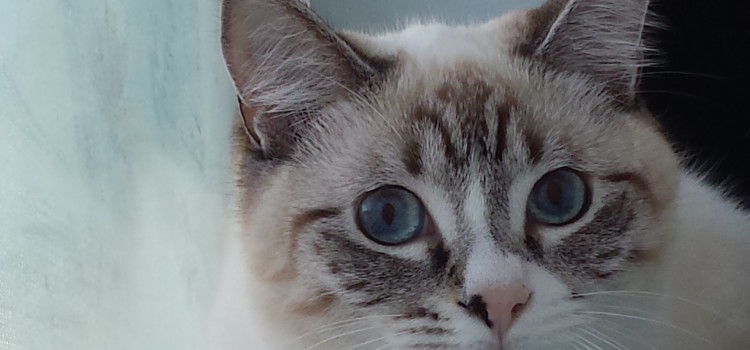Kitty Litter, Toxoplasmosis & You

Toxoplasmosis. Say what?!? T. gondii is a protozoan organism that can infect all mammals, who serve as intermediate hosts. Raccoons, cats and other members of the cat family shed T. gondii in their feces, that can live for months or years in soil and can be carried long distances in water.
Even though it is unlikely that you’ll contract toxoplasmosis from your cat, it’s good to be as careful as possible. The following recommendations will help cat owners to reduce their risk of contracting toxoplasmosis. This is especially helpful for those expecting a child.
- Keep your cat off counters and table tops, where food is prepped & eaten
- Avoid undercooked meat.
- Wash all uncooked vegetables thoroughly.
- Wash all cutting boards and utensils that might have come in contact with meat before using them.
- Wear gloves when gardening or working in soil for other reasons. If you don’t wear gloves, wash your hands thoroughly afterward.
- Ask your spouse, or Frolic Pet Services to help out with litter box duties while you’re pregnant.
- If you don’t have help to keep the litter box clean, wear rubber gloves when changing the litter and thoroughly wash your hands afterward.
- Have your cat’s litter changed on a daily basis.
- Keep your cat indoors.
What about the kitty litter? I want to be eco-friendly with it.
Flushable cat litter is sometimes marketed as green, but here’s the rest of the story: It’s not if you flush it down the toilet.
That’s right. Don’t flush “flushable” cat litter, scientists say. Double bag it and send it to a sanitary landfill.
By flushing cat poop, pet owners unwittingly may contribute to the deaths of Hawaiian monk seals and California sea otters and otherwise spread a hardy parasite linked to cats. As a result, a California law actually requires kitty litter to bear warnings such as this excerpt: “Please do not flush cat litter in toilets or dispose of it outdoors in gutters or storm drains.”Here’s the deal: What flushes down the toilet or languishes outdoors can eventually reach waterways and oceans, “putting wildlife at risk for infection, including sea otters,” states the Companion Animal Parasite Council.
So much for a “green” flushable litter. Researchers have found the cat parasite in question, Toxoplasma gondii, in dolphins and a humpback whale. So while flushable kitty litter is environmentally friendly in terms of being made of, say, recycled newspaper instead of clay, which must be mined from land, it isn’t eco-friendly in terms of spreading a harmful parasite when flushed.
Also, you run the risk of plugging your pipes if any of the clumping litter sticks to grease or other items in your pipes, especially if they are older. Some of the clumping types will actually set up in the pipes and be just like concrete. Even the “flushable” types.
“There is no cat litter that can inactivate Toxoplasma,” says Patricia Conrad, DVM, a parasitology professor and co-director of University of California Global Health Institute’s One Health Center. She and her colleagues conducted a series of experiments, trying figure out a way to kill the parasite’s eggs,. No luck.
“They are amazingly tough,” Dr. Conrad says. The experiments “really convinced us” that the procedures being used at most sewage treatment plants to treat wastewater from toilets “will not reliably kill” the parasite’s eggs. (The exception is if the sewage treatment plant is able to filter out particles smaller than 10 microns.)
What is a green cat lover to do?
- Don’t compost cat litter. Compost doesn’t get hot enough to kill the parasite’s eggs, Dr. Conrad says.
- Don’t bury cat poop. Toxoplasma eggs can stay alive in soil for months to years depending on the temperature and humidity. So they can percolate down to the groundwater, where they could contaminate drinking water used by humans or animals, Dr. Conrad cautions, or flow into receiving water bodies and eventually reach coastal areas where marine mammals could become infected.
- Don’t assume that your cat doesn’t carry the parasite just because he lives indoors. While an indoor cat has a much lower risk, Dr. Conrad says “the risk is not zero.”
- Do bag up cat poop and send it to a sanitary landfill.
“We would like to reduce the burden on landfills,” Dr. Conrad says, but “we don’t yet have a good alternative.”
*This article was crafted from multiple sources